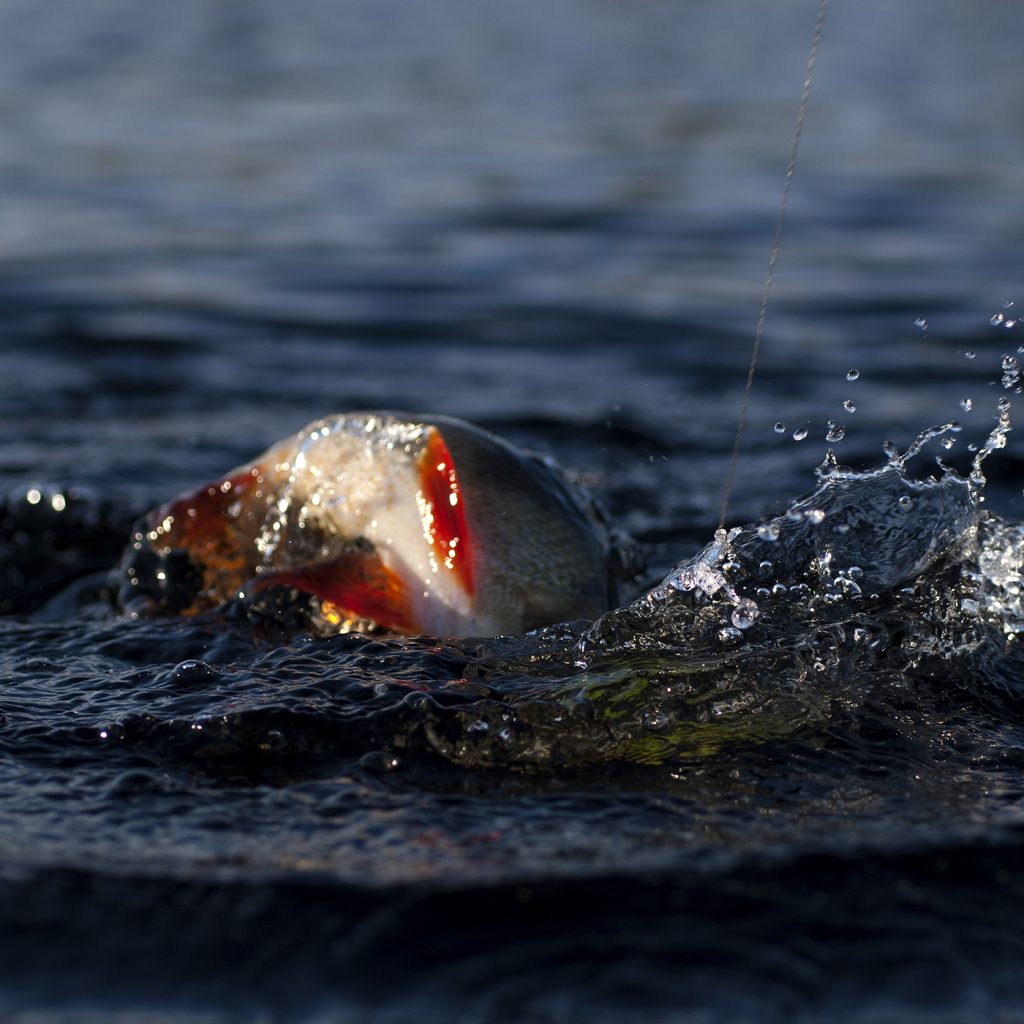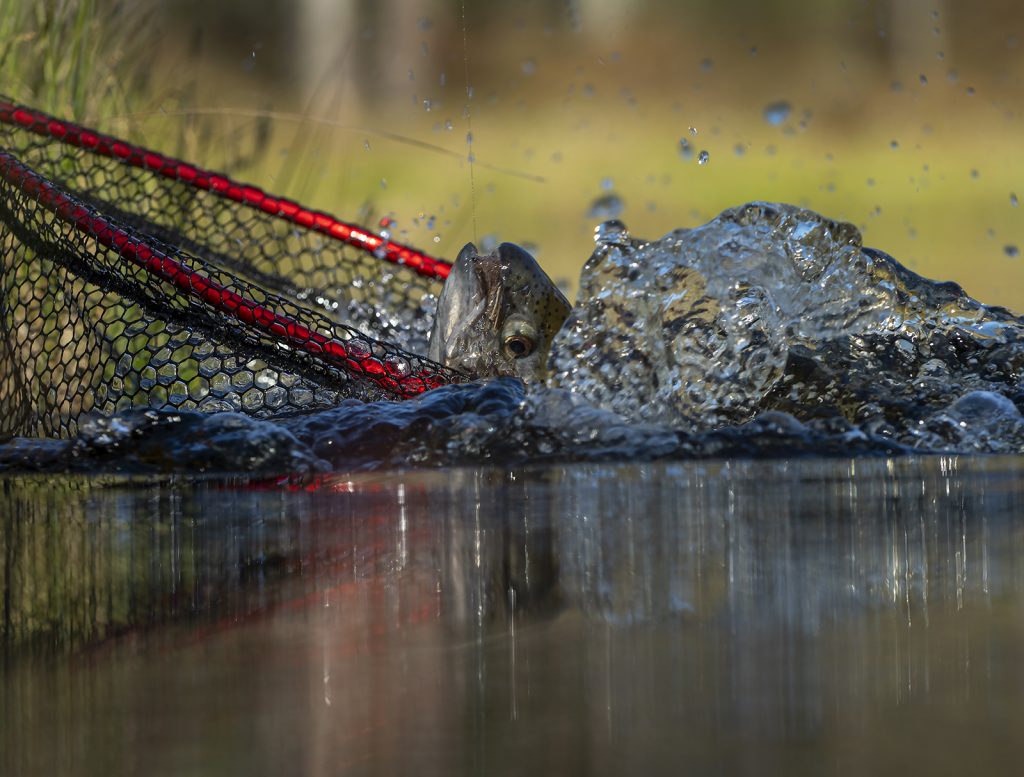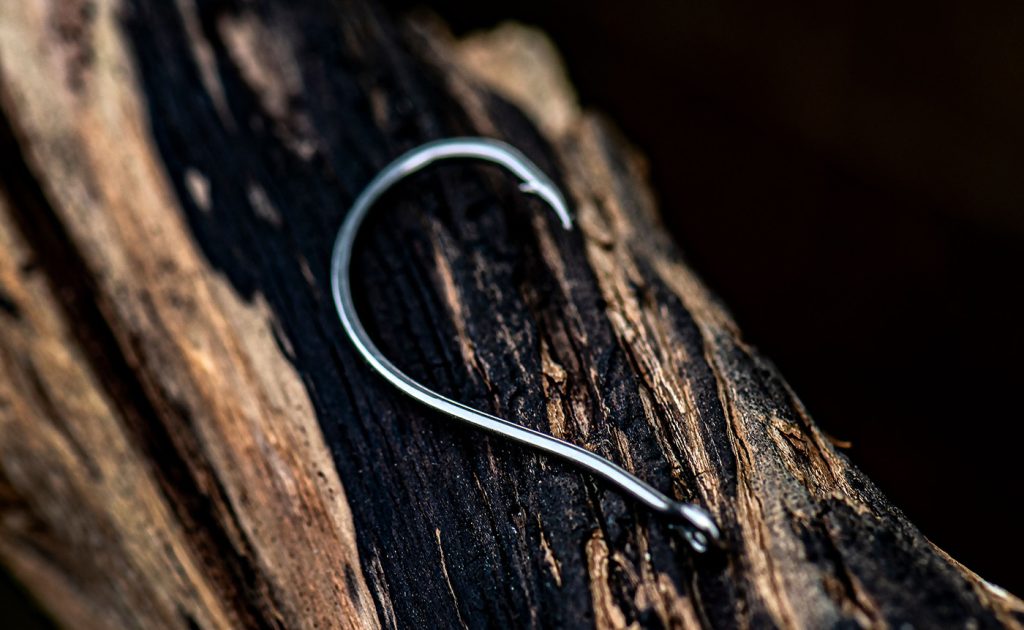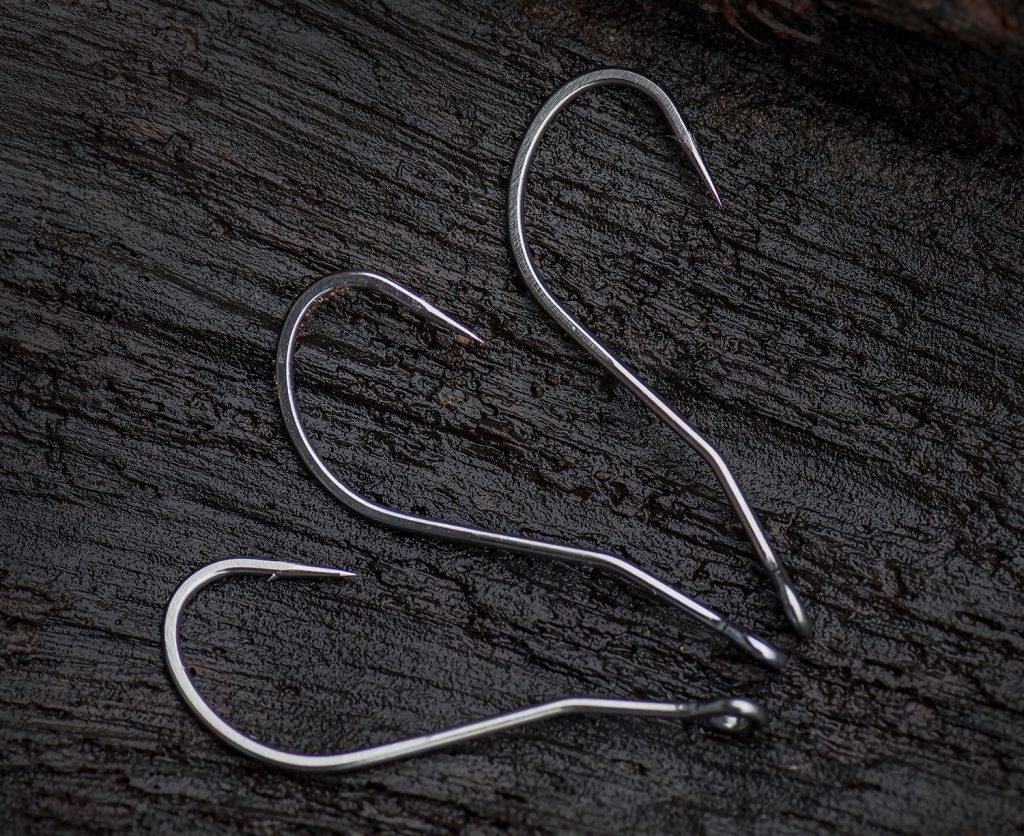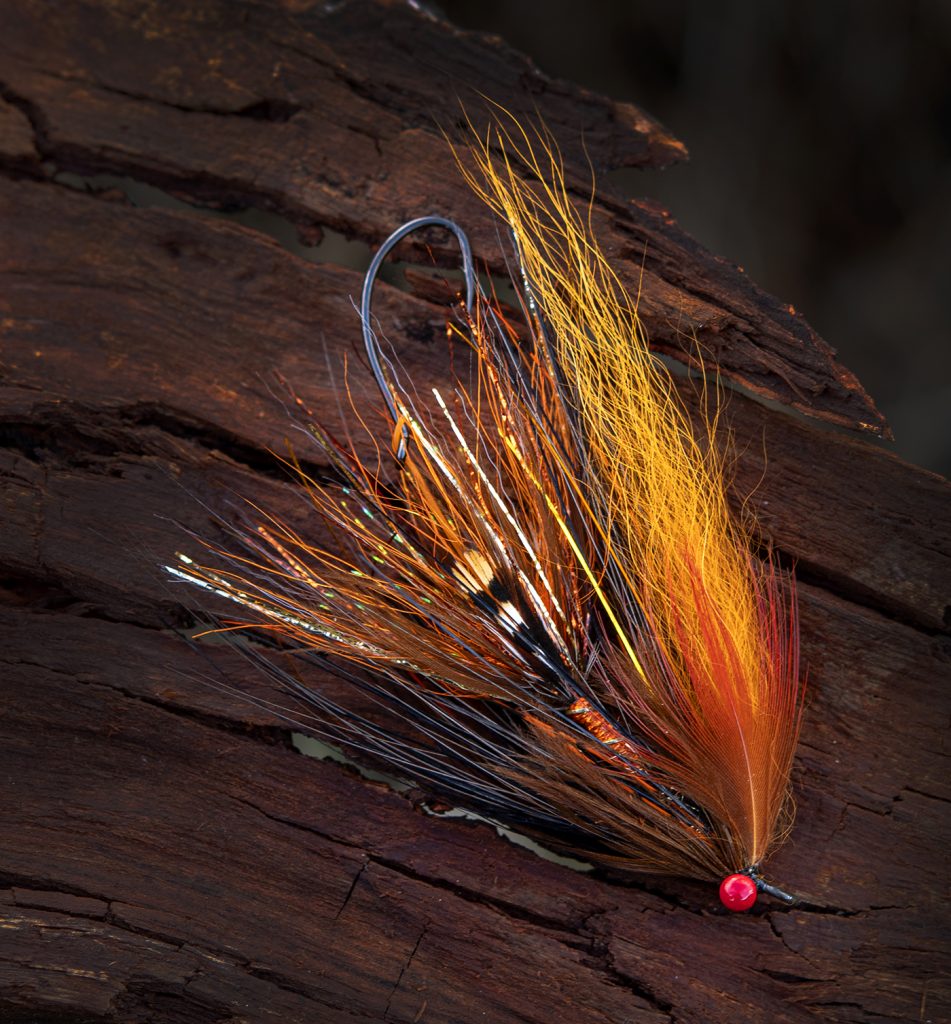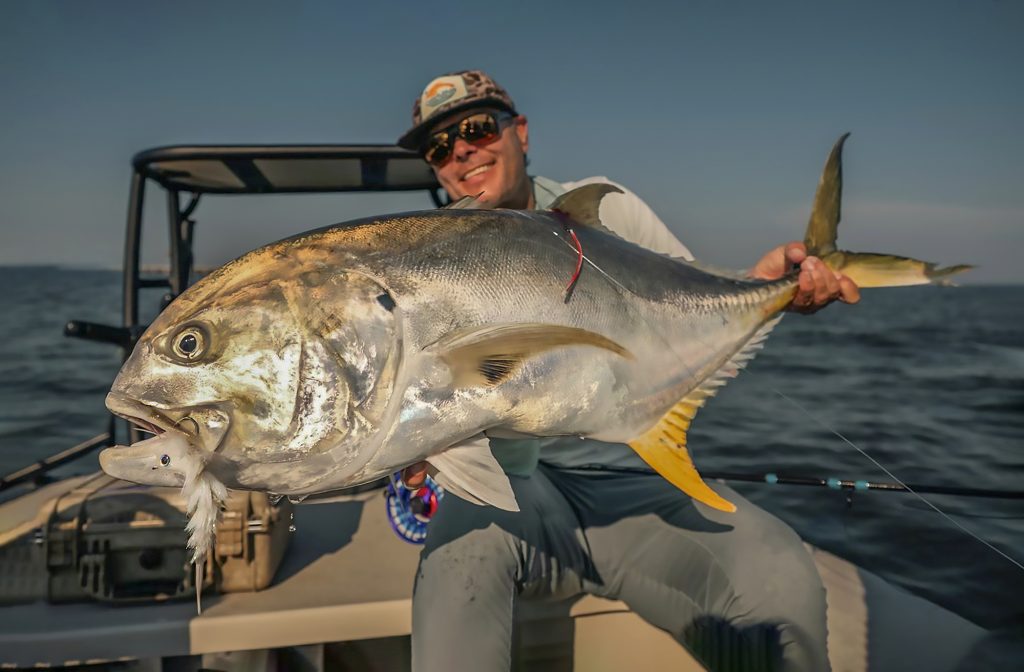
Blane Chocklett testing Game Changers on Jack. Photo: Blane Chocklett.
Ahrex Hooks and Blane Chocklett Present the XO784 – The Ultimate Game Changer Hook
Ahrex Hooks proudly introduces a brand-new hook series: the XO784 BC Game Changer – developed in close collaboration with Blane Chocklett. This innovative hook is the first ever designed specifically for the Game Changer shank system.
Continue reading “New hook – XO784 BC Game Changer”
